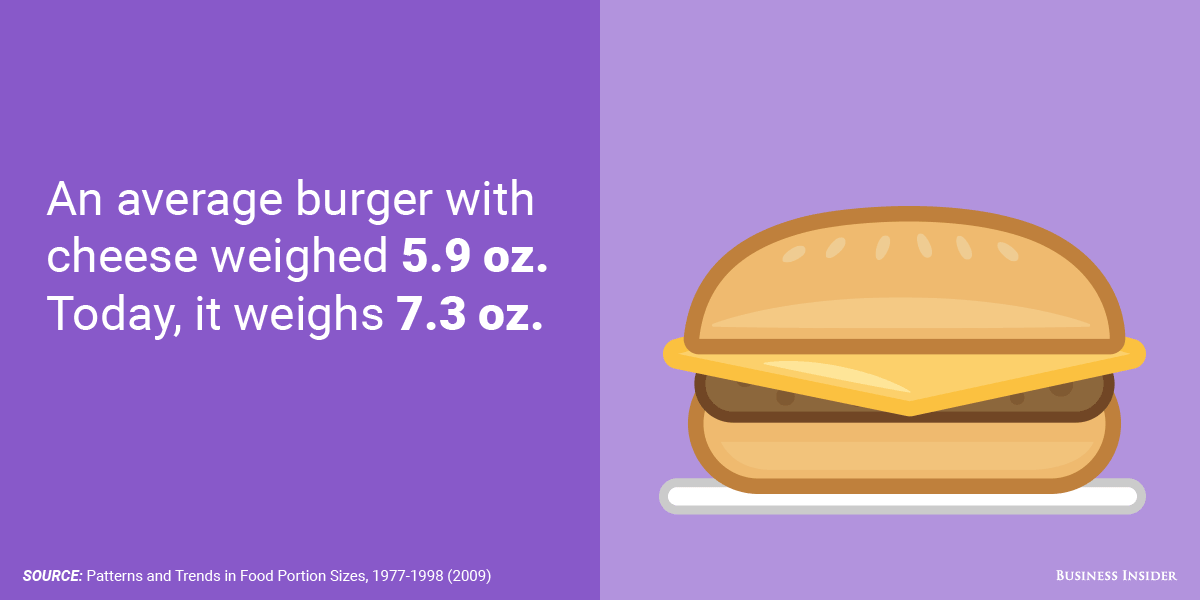Still, while most of us know the basics of healthy living, getting trim is hard work.
That's why we recently talked to exercise scientist Philip Stanforth, executive director of the Fitness Institute of Texas and a professor of exercise
He told us there are three main obstacles that face most people who are trying to lose weight, and overcoming them can make a huge difference.
1. We spend way too much time sitting
"In the world we live today to think people could not be overweight is ridiculous, because in the normal course of the day we expend so few calories," said Stanforth. "The chances are much higher that we're going to eat more than that." In other words, a daily regimen of sitting at our desks, driving to and from work, and ordering takeout probably means we're going to end up eating more than we burn off.
This, plus the fact that much of the food we eat comes stuffed with calorie-rich sugar and fat, makes evening out this ratio of burning to eating even harder.There are some simple solutions to a sedentary lifestyle, though. While research has shown that simply working out won't cut it, getting up for a few minutes every hour might just do the trick.
2. We're really, really bad at remembering what we've eaten and how much exercise we've done
Even when we're making an effort to be more conscious of what we're putting into our bodies and how active we are, we tend to give ourselves more credit than we deserve.
"People tend to overestimate their physical activity and underestimate how much food they eat," Stanforth said. "They consistently think they've worked out more and consistently think they've eaten less."
Several recent studies back up Stanforth's observations. In a recent editorial published in the Mayo Clinic's peer-reviewed journal, Mayo Clinic Proceedings, the researchers wrote: "The assumption that human memory can provide accurate or precise reproductions of past ingestive behavior is indisputably false."The problem here isn't just that memories aren't reliable historical records - it's also that we often overlook the calories in many of the foods we eat habitually.
Take coffee, for instance. Black coffee has just about 2 calories - less than a stick of sugar-free gum. But cream and sugar can add anywhere from 25-150 calories per serving.
"Most people will think, 'Oh I had a coffee this morning and coffee has few-to-no calories,' so it's not significant," says Stanforth." But when you add cream and sugar, that can end up being far more significant."
3. Our portion sizes are way, way out of proportion
In recent years, the amount of food we consider to be a single serving has ballooned. In some foods, it's increased as much as a whopping 138%. What most people would think of as a serving of ice cream, for example, is probably about a cup. In reality, though, a 230-calorie "serving" of Ben and Jerry's is half a cup, or just about 8 large spoonfuls!

"Portion size is a big problem," says Stanforth. "Most people would say, 'Well that looks like a serving,' but in reality it's two or three servings."
Think of this the time you're out to eat. If you get a bowl of pasta, consider taking half to-go. If you're eating family-style, start by covering half your plate in salad greens.


